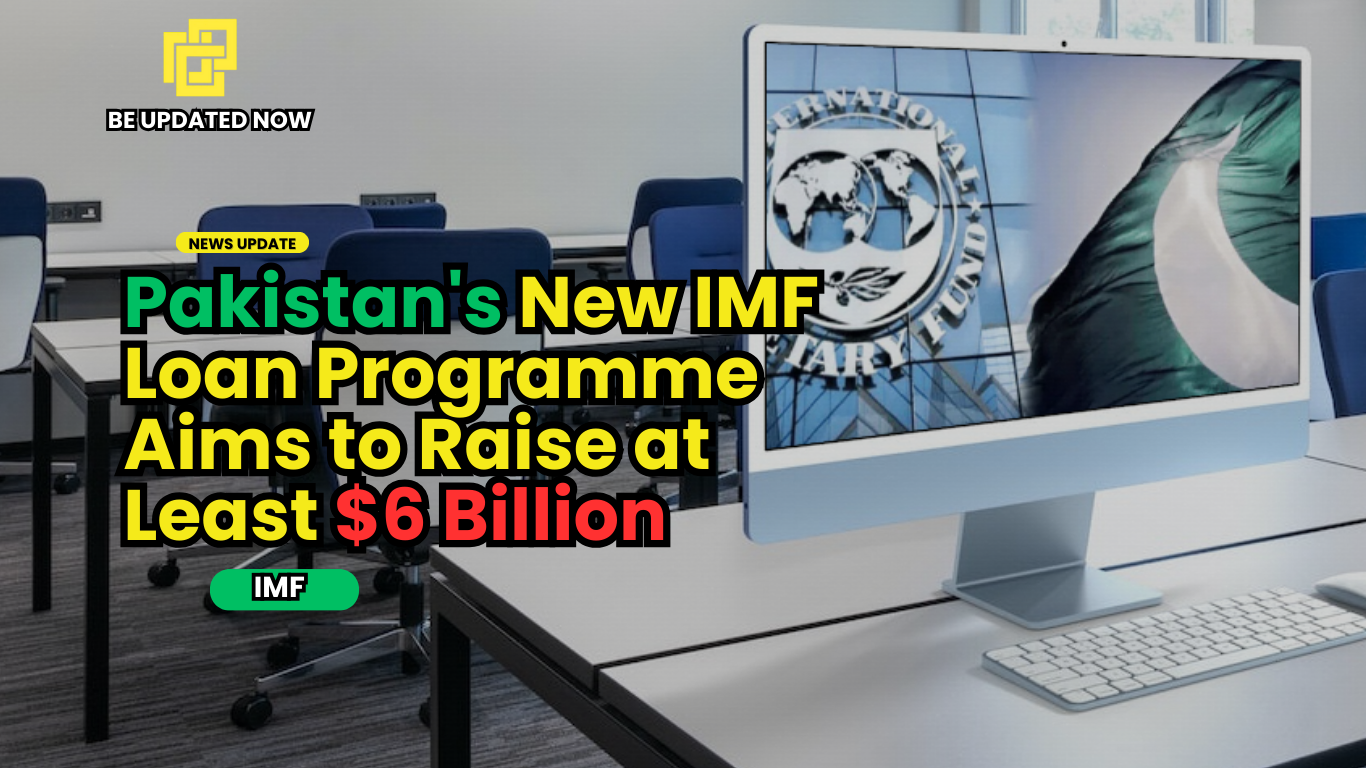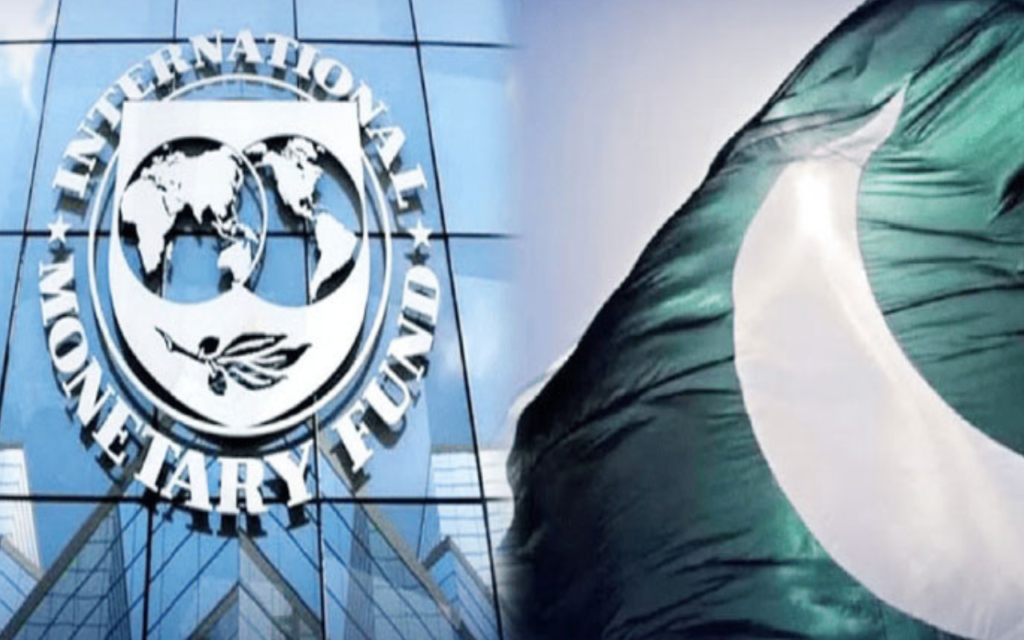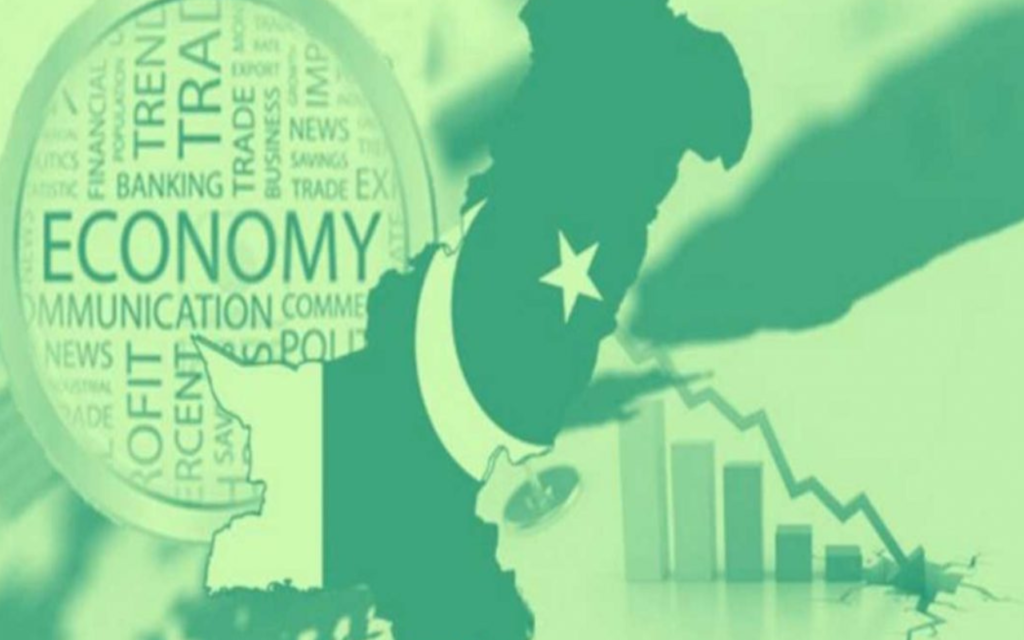
Introduction:

Pakistan is about to start a new process to get money from the International Monetary Fund (IMF) through a loan scheme. According to sources from Bloomberg, the country wants to get at least $6 billion to pay off its growing debt.
This blog will go into more depth about Pakistan’s choice, looking at the reasons for it and what it might mean for the economy of the country. In addition, it will show how important this change is for Pakistan’s future financial security.
The first thing we should do is look at why Pakistan wants to get a new IMF loan.
Reasons for Seeking the IMF Loan:

Pakistan is going to ask for a loan soon because of a few main reasons. For starters, the country has to pay back a lot of debt next year—billions of dollars’ worth. This puts a big strain on Pakistan’s budget and means it needs money from other countries.
The short-term IMF rescue deal that Pakistan used in the past is also about to end, so a long-term plan is needed to keep the economy stable. It is also believed that talks about the loan scheme will begin in the coming months.
Negotiating the Loan Program:
Pakistan plans to start talking to the IMF about getting an Extended Fund Facility. Should this service be approved, it would give Pakistan the money it needs to pay its debts. The talks are expected to start in March or April. This is a very important step in figuring out the loan program’s terms and conditions.
In addition, the loan scheme has big effects on the security of Pakistan’s economy.
Implications for Pakistan’s Economy:

Pakistan’s economy will be affected by the new IMF loan scheme in a lot of ways. For starters, it would allow the new government to pay off a big chunk of its debt, which would ease instant financial strains. In turn, this could help the economy of the country get back on track and boost investor trust.
Because of this, it is important to think about the problems and risks that might come up with this choice.
Challenges and Risks:

Getting the IMF loan is definitely a good thing for Pakistan, but it’s important to be aware of the problems and risks that come with it. An important problem is that the IMF‘s strict terms on the loan program are a big problem.
Usually, these situations require making changes to the economy, like changing policies and spending. Pakistan needs to be very careful to make sure that these conditions are met and that the safety of its people is protected.
It is also very important to think about how stakeholders, especially funders and credit rating agencies, will respond. Investors pay close attention to Pakistan’s financial choices, and getting the IMF loan can boost trust and bring in more investment.
But not getting the loan or not putting changes into place properly could make investors and credit rating agencies nervous, which could lead to less trust from investors and credit downgrades.
To lower these risks, Pakistan needs to clearly explain its plan, show that it is committed to putting reforms into action, and address any concerns that stakeholders have made.
Pakistan can handle the risks that come with the IMF loan, improve its financial security, and improve its economic prospects by dealing with these problems and listening to what stakeholders have to say.
Stakeholder Reactions:
Investors and credit rating agencies keep a close eye on Pakistan’s financial choices. Getting the IMF loan would show investors that the government is serious about fixing the country’s debt problems, which would boost investor trust.
However, not securing the loan could cause more problems with external funding and raise the risk of default, as Fitch Ratings Ltd. pointed out.
Finally, the result of the loan program will have a big effect on Pakistan’s future financial security.
Future Financial Stability:
How financially stable Pakistan is in the future will depend on how well it can get the IMF loan and pay its debts. The terms and conditions of the loan, along with Pakistan’s promise to make the necessary changes, will determine the direction of the country’s economy.
To ensure long-term financial safety, Pakistan needs to stick to its budget, encourage long-term growth, and make good use of the loan funds. Pakistan can improve its economic growth and set itself up for a more safe and successful future by following these rules.
Conclusion:
Pakistan’s move to ask for at least $6 billion in a new IMF loan scheme shows that the country is serious about paying off its growing debt. The loan program talks, which are set to start soon, will give Pakistan a chance to get money from outside sources and fix its economy.
Even though there are problems and risks, managing the loan carefully and following the IMF‘s rules can help make the future more financially safe. To reach its financial goals, Pakistan needs to take advantage of this chance, make the necessary changes, and put long-term economic survival first.
Know Karchi Kings Performance in PSL
If You’re a Researcher, Here’s some of helping References for you.
Ahmad, E. (2020). Pakistan’s Debt Problem: Its Changing Nature and Growing Gravity [with Comments]. The Pakistan Development Review, 38(4), 435–470.
Ali, Sh. S. (2022). Pakistan’s Foreign Dependence, It’s Capacity for Debt Repayment and Future Prospects. Pakistan Economic and Social Review, 31(1), 39–61.
Cheema, F. (2019). ACDIS Occasional Paper Macroeconomic Stability of Pakistan: The Role of the IMF and World Bank (1997-2003) CORE View metadata, citation and similar papers at core.ac.uk provided by Illinois Digital Environment for Access to Learning and Scholarship Repository.
Lopez-Calix, J. (2020). Revisiting the Constraints to Pakistan’s Growth. Fid4sa-Repository.ub.uni-Heidelberg.de.
Mumtaz, S. (2021). Globalisation and Pakistan’s Dilemma of Development [with Comments]. The Pakistan Development Review, 43(4), 423–440.





Twitter Services Restored in Pakistan After 5 Days